Calochortus nuttallii, Sego Lily
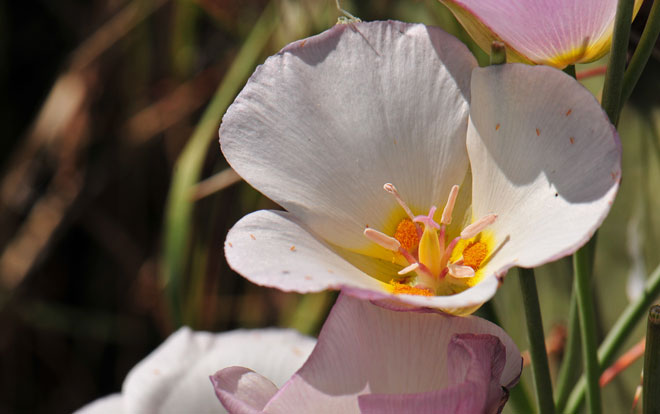
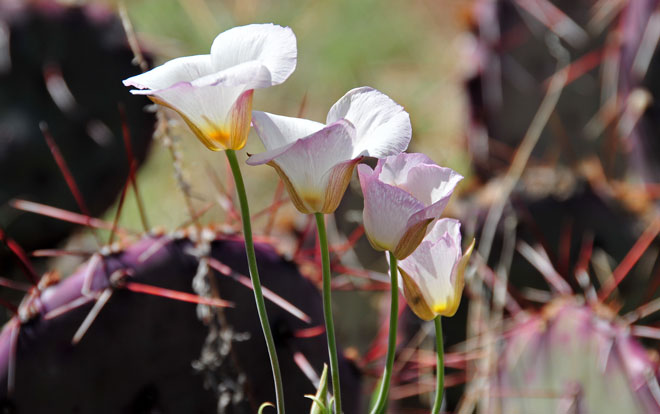
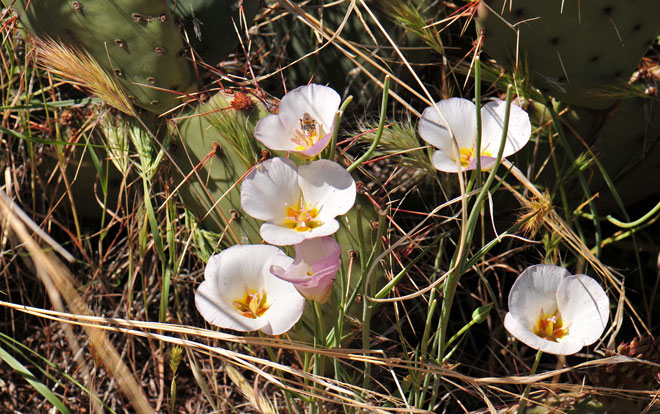
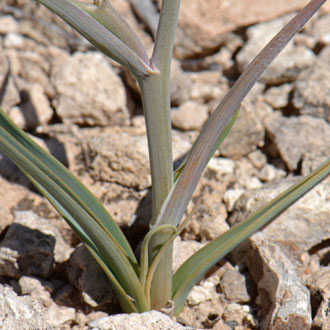
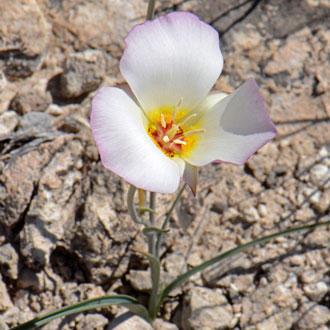
Scientific Name: Calochortus nuttallii
Common Name: Sego Lily
Also Called: Mariposa, Sego-lily
Family: Liliaceae or Lily Family
Synonyms: ()
Status: Native
Duration: Perennial
Size: Up to 18 inches, usually much less.
Growth Form: Forb/herb; erect slender stem, new plants emerge from bulbs, stems usually straight,
Leaves: Green; blade linear, grass-like, basal leaves wither as season progresses,
Flower Color: White, lilac, lavender-blue or pink, yellow at the base; showy large flowers up to 3 inches, 1 to 3 (4) flowers, flowers bell-shaped (campanulate), anthers equal filaments in size, anthers yellowish or pinkish, oblong, fruit an erect capsule.
Flowering Season: May to July.
Elevation: 4,500 to 8,000 feet, lower elevations in California 2,100 to 6,500 feet.
Habitat Preferences: Mesas, slopes and open pine forests; grassy slopes, brushy areas and desert high country in Texas.
Recorded Range: Sego Lily is found in the central parts of the United States and in the southwest, excluding California. In Arizona it is found in the northern half of the state.
North America & US County Distribution Map for Calochortus nuttallii.
U.S. Weed Information: No information available.
Invasive/Noxious Weed Information: No information available.
Wetland Indicator: No information available.
Threatened/Endangered Information: No information available.
Comments: Sego Lily is the state flower of Utah. It is named in honor of Thomas Nuttall (1786–1859).
Also see in Southwest Desert Flora; Doubting Mariposa Lily, Calochortus ambiguus, Gunnison's Mariposa Lily, Calochortus gunnisonii, and Desert Mariposa Lily, Calochortus kennedyi.
Sego Lily as been used as dried food, candy and as food for winter by North American indigenous peoples. See ethno-botanical uses at Native American Ethnobotany, University of Michigan, Dearborn.

